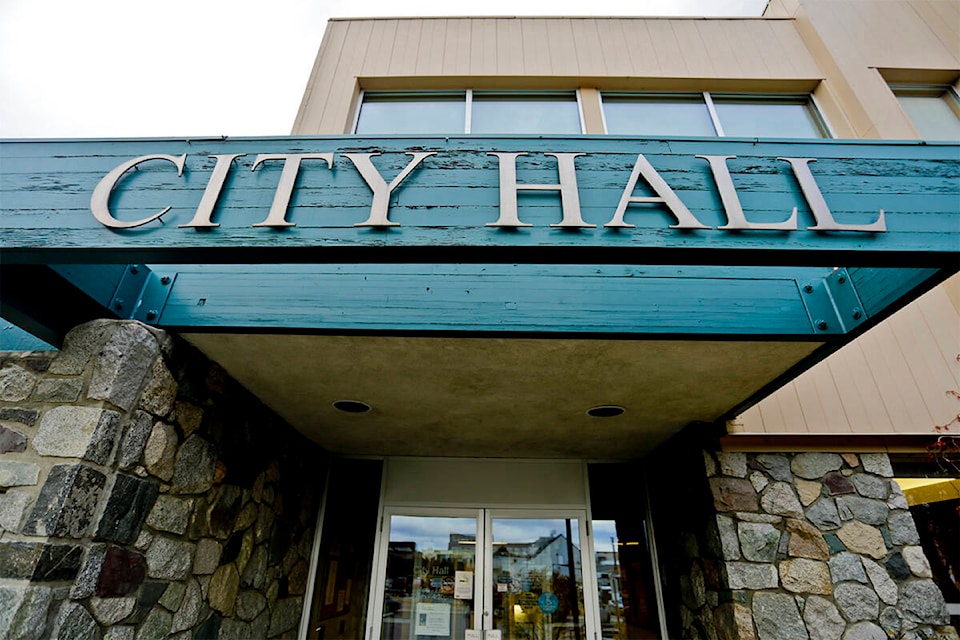Whitehorse’s long-awaited transportation master plan saw the light of day at the city’s Feb. 19 standing committee meeting.
At the meeting, city council members heard that the plan, which runs more than 100 pages, is the result of the first comprehensive review of the city’s transportation system undertaken in two decades. Work on the plan has been underway for the past two years with the process including engagement with the public and specialists in the field. The plan is designed to conform with the vision for the coming years the city set out in its Official Community Plan.
The plan looks into all forms of personal and commercial transportation, including the city’s transit system. It sets targets including 40 per cent of trips to work or school in the city being taken via active transportation, transit or shared transportation. Also targeted is zero fatalities or serious injuries on the city’s transportation network and a 10 per cent reduction in greenhouse gas emissions compared to the 2014 levels.
Other goals identified include the provision of accessible and equitable year-round transportation options, transportation that supports Whitehorse’s prosperity and affordable transit options that will ease financial burdens on residents.
After presenting a summary of the master plan to council, Taylor Eshpeter from the city’s engineering department fielded questions on topics including plans for upgrades to the city’s transportation corridors, parking, transit and more.
Mayor Laura Cabott asked about areas identified as having problems with traffic congestion and if there are solutions on the table for the next budget cycle. Eshpeter said there are projects in the 2024 to 2027 capital budget that might alleviate some of the problems.
“We do have budget to start looking at conceptual design for the Mountain View, Copper and Quartz corridor, starting to look at lane reconfigurations and the early stages of design for that,” he said.
“We have budget for detailed design of improvements at Two Mile Hill and Industrial intersection to improve safety and movement of all users in that area.”
Eshpeter added that an early look is also being taken at options for a second river crossing and at changes to the Two Mile Hill and Range Road intersection as well as the Alaska Highway and Hamilton Boulevard intersection.
Traffic modelling in the report found that many of the city’s transportation corridors are projected to be used at or more than their capacity if upgrades are not made. The master plan accounts for significant population growth that the city is expected to experience by 2040.
Eshpeter said the study also reinforces the fact that Robert Service Way is a key corridor, making efforts to prevent the disruption of transportation on it — due to the landslides seen in recent years — all the more important.
Coun. Ted Laking noted work is underway to reach targets for more common use of sustainable transportation options set out in the plan. He asked Eshpeter how the city plans to monitor progress towards the targets.
Eshpeter said there was a focus on setting achievable targets that the public could buy into working towards. He said data from StatsCan and the census are important for monitoring the main modes of transportation Whitehorse residents use but that the city might have to employ some of its own tracking in the future.
The master plan shows relatively low use of transit, walking and cycling when compared to other cities of both similar and much larger sizes. In Whitehorse, about 78 per cent of trips are taken by driving a private vehicle compared to 68 and 69 per cent in Metro Vancouver and the Town of Canmore, Alberta, which the plan drew on for comparison.
At a future meeting, council will have the option to either adopt the 2024 Transportation Master Plan as a guiding document or refer the plan back to city administration for further revisions.
Contact Jim Elliot at jim.elliot@yukon-news.com
